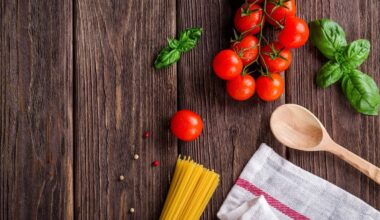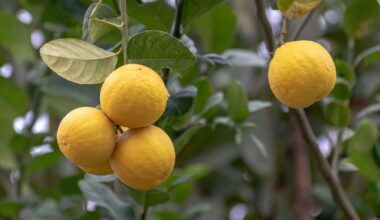Watermelon, with its vibrant red flesh and succulent sweetness, is the quintessential summer treat enjoyed by people around the world. Beyond its refreshing taste, this iconic fruit holds a wealth of surprising facts that make it both a delightful snack and a versatile culinary ingredient. In this exploration, we unveil the top 10 fascinating facts about watermelon, celebrating this juicy delight that graces our tables during the hot summer months.
Origins and Botanical Background
Watermelon, scientifically known as Citrullus lanatus, belongs to the Cucurbitaceae family, which includes cucumbers, pumpkins, and squash. Native to Africa, watermelon has a rich history dating back thousands of years. It is believed to have originated in the Kalahari Desert, where wild varieties still thrive today.
Hydrating Powerhouse
As the name suggests, watermelon is a hydration superstar, consisting of approximately 92% water. This high water content, combined with essential electrolytes, makes it an ideal fruit to stay hydrated during hot summer days. The crisp, juicy texture of watermelon provides a refreshing and hydrating experience with every bite.
Nutritional Benefits
Beyond its hydrating properties, watermelon offers a range of nutritional benefits. It is a rich source of vitamins A and C, which contribute to skin health and immune function. The fruit also contains antioxidants like lycopene, known for its potential anti-inflammatory and cardiovascular benefits. Additionally, watermelon is a low-calorie fruit, making it a guilt-free choice for those watching their calorie intake.
Seedless Watermelon Evolution
While traditional watermelons come with black seeds, the seedless watermelon variety has become increasingly popular. Seedless watermelons are not entirely devoid of seeds but contain smaller, softer seeds that are less noticeable and easier to chew. This innovation has made enjoying watermelon a more convenient experience for many consumers.
Diverse Watermelon Varieties
Watermelons come in a variety of shapes, sizes, and colors. While the classic large, round watermelon with red flesh is the most common, there are also smaller, elongated varieties with yellow or orange flesh. These different types of watermelons offer varying levels of sweetness and are well-suited for different culinary applications.

Culinary Versatility
Watermelon’s culinary appeal extends beyond enjoying it in its natural, juicy state. Chefs and home cooks alike incorporate watermelon into a range of dishes, including salads, salsas, smoothies, and desserts. Its natural sweetness and subtle flavor make it a versatile ingredient that complements both sweet and savory dishes.
Watermelon Cultivation
Watermelon cultivation requires warm temperatures and well-drained soil, which is why it thrives in many regions with hot climates. The plant is a vining, trailing annual that produces large, green leaves and yellow flowers. The iconic fruit develops from the plant’s tendrils, growing on long, sprawling vines. Watermelon cultivation has become a significant agricultural industry globally.
World’s Heaviest Watermelon
Watermelon enthusiasts around the world engage in friendly competitions to grow the heaviest watermelon. The Guinness World Record for the heaviest watermelon, weighing an astounding 350.5 pounds (158.76 kilograms), was set by Chris Kent of Sevierville, Tennessee, in 2013. These competitions showcase the dedication and expertise of growers in cultivating exceptional specimens.
Festival Celebrations
Watermelon festivals are celebrated in various parts of the world, highlighting the cultural significance and love for this juicy fruit. These festivals often feature activities such as seed-spitting contests, watermelon-carving competitions, and, of course, ample opportunities to savor the many culinary delights made with watermelon.
Symbol of Summer
Watermelon has become an enduring symbol of summer, representing backyard barbecues, picnics, and refreshing moments by the pool. Its association with summer is not only due to its hydrating properties but also its availability during the warmer months. The simple joy of biting into a crisp, juicy slice of watermelon has become synonymous with the carefree days of summer.
Watermelon, with its hydrating allure, nutritional benefits, and culinary versatility, has rightfully earned its place as a beloved summer fruit. As we indulge in its juicy sweetness, it’s worth appreciating the rich history, diverse varieties, and cultural significance that make watermelon more than just a seasonal snack. Whether enjoyed on its own, blended into a refreshing beverage, or creatively incorporated into culinary creations, watermelon continues to be a delightful and iconic presence in the summer repertoire of flavors.










